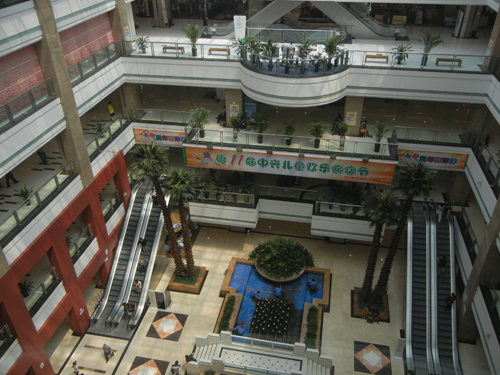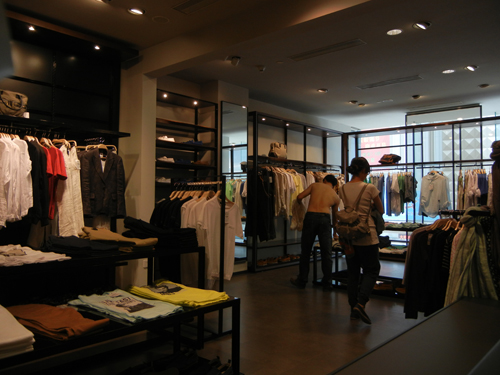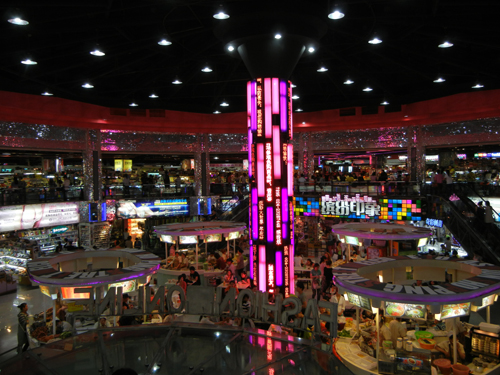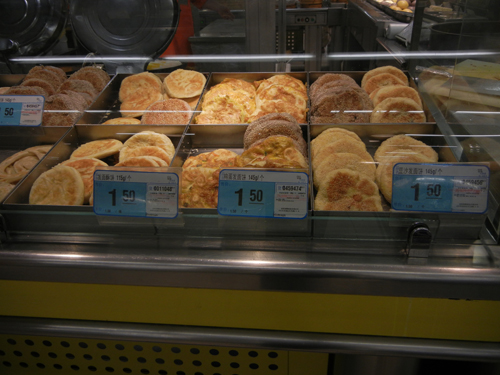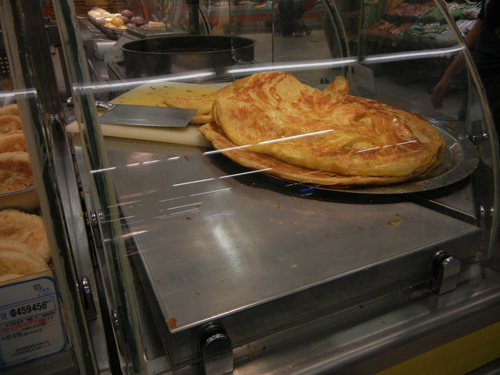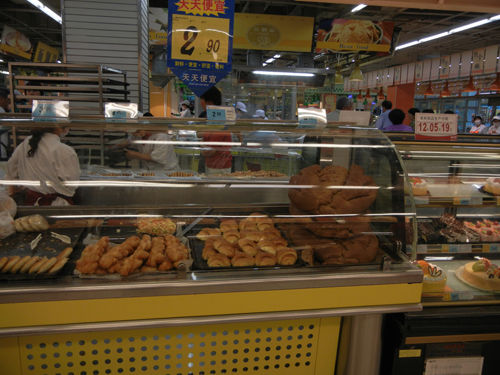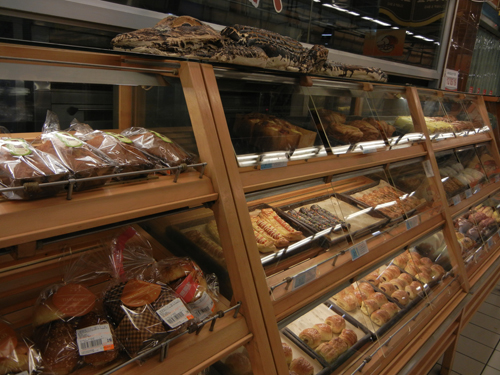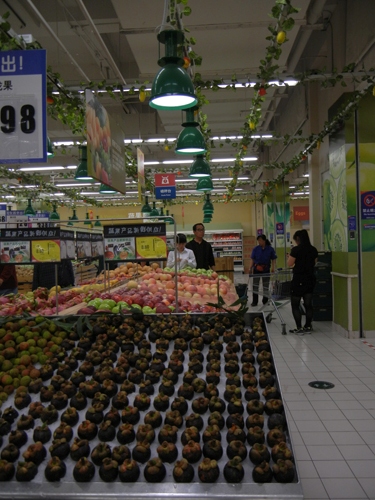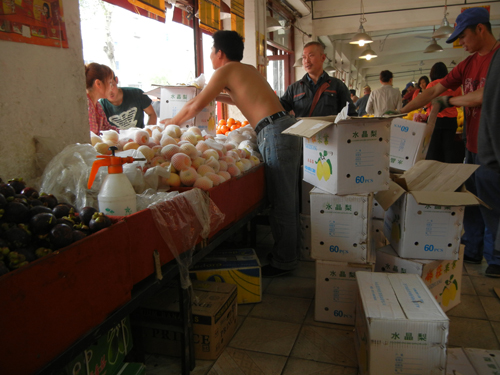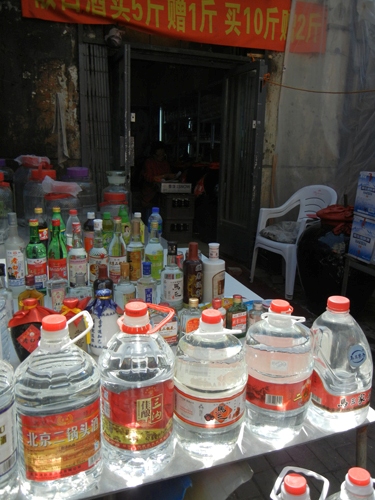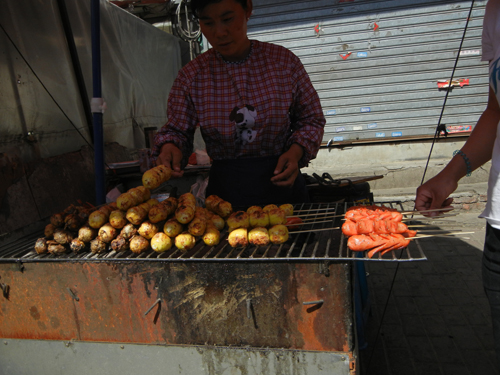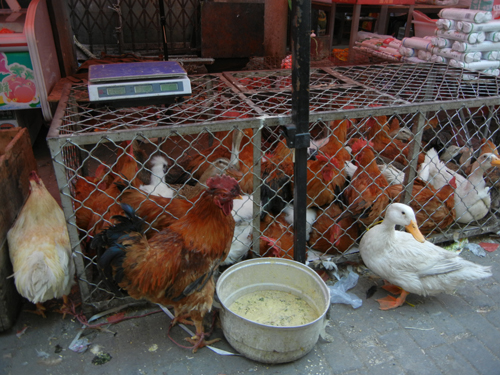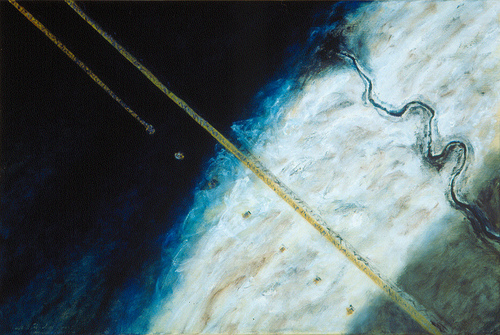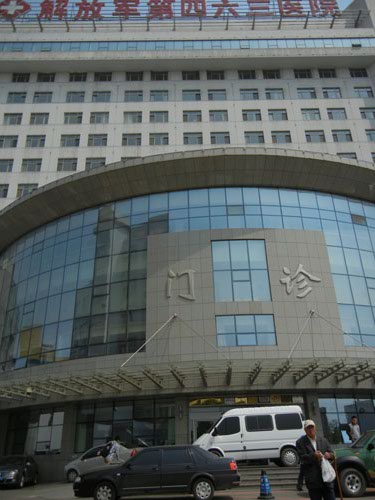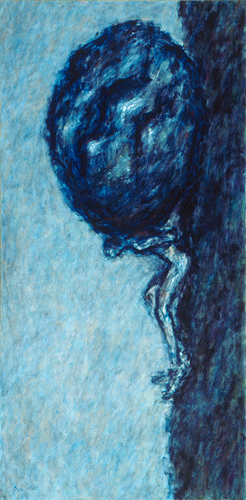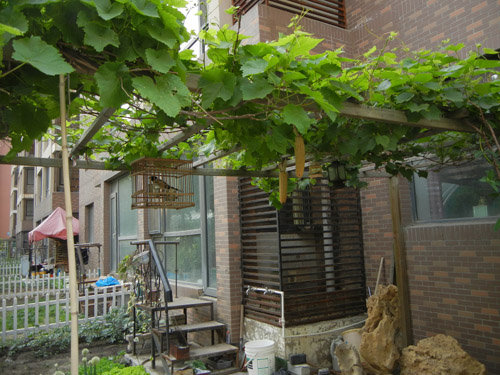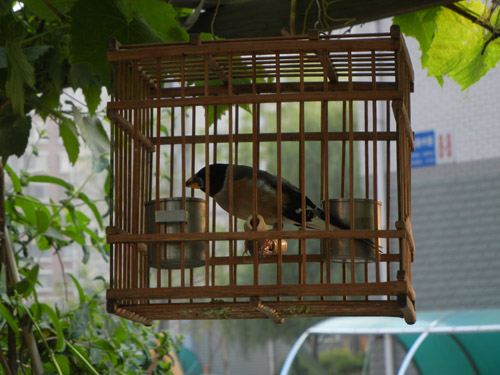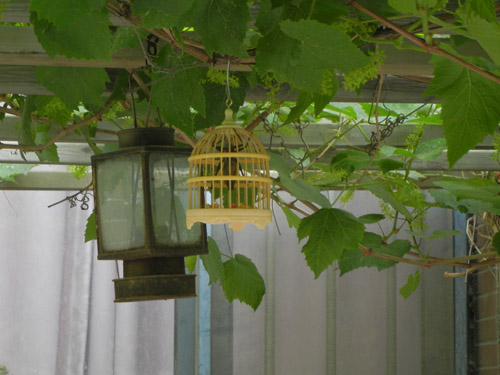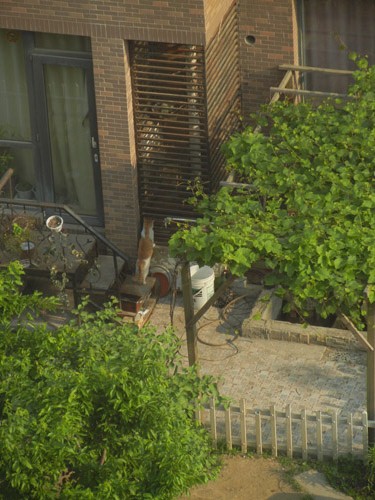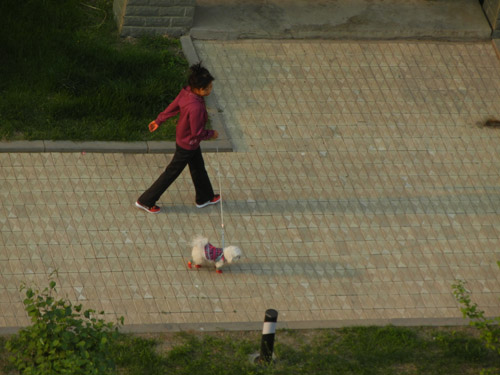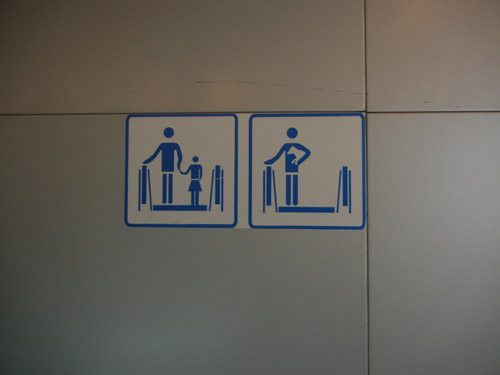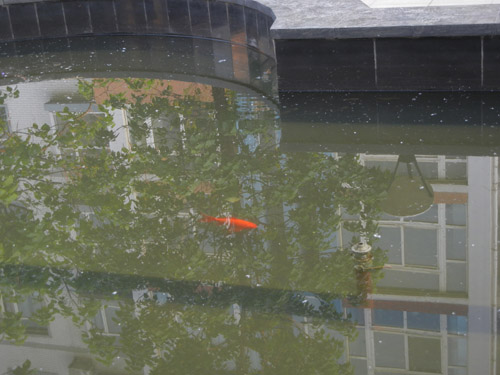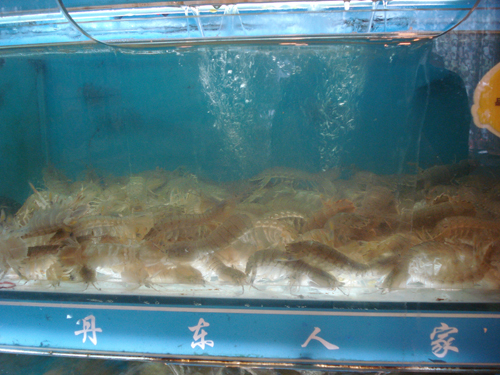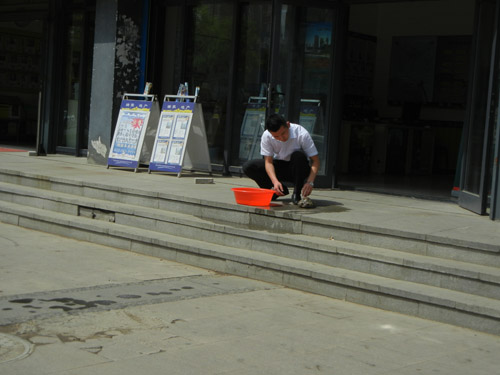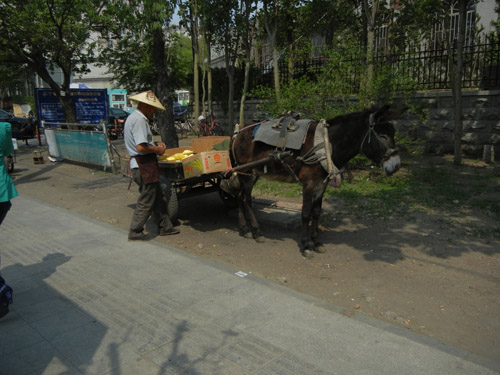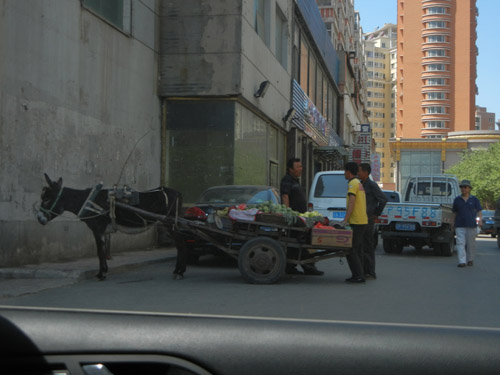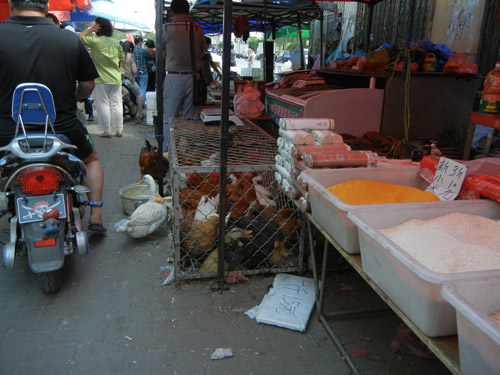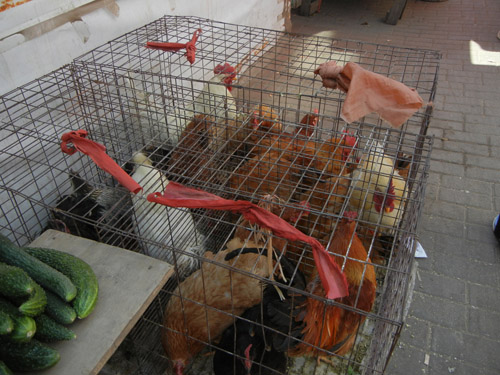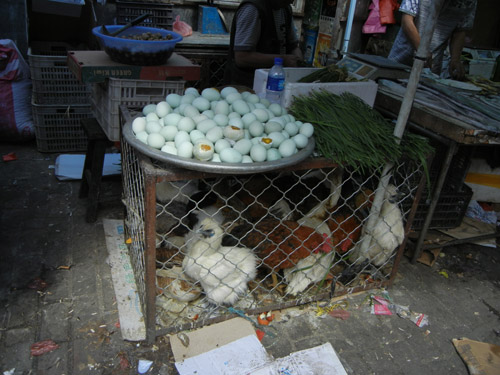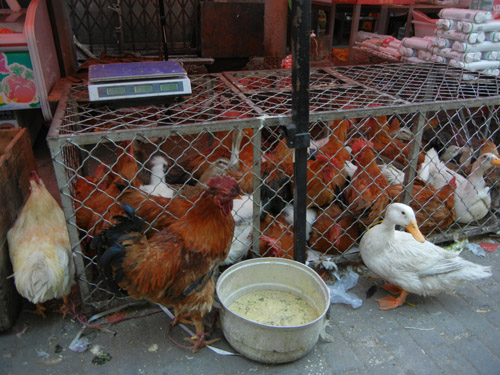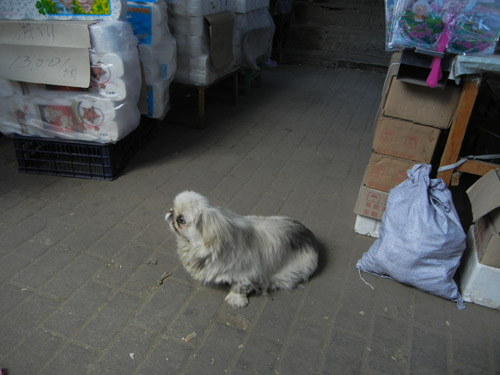When I visited my family in May this year, several time, I accompanied my ailing relatives to hospital for diagnoses and treatments, and gained some fresh first hand knowledge of the sorry state of the health care in Shenyang, one of the largest cities in China, and more generally in China.
Before I dive into the stories, I should provide some background information on health care system in China. First, China is not a socialist country and it has never had a universal health care system. Before the rapid urbanization, only a small percentage of Chinese citizens - city dwellers with jobs and their direct kins - enjoyed a universal free health care. That changed once China shifted policies in the late 1980s to early 1990s, and governments started to cut off their support so companies had to be self-reliant and once they became unprofitable, their employees would no longer be reimbursed and many had to forgo health care altogether. That happened more often in the old industrial center, such as Shenyang, when the companies had to support a huge population of retirees, while companies in the newer industrial centers, such as Shenzhen, didn't have such burden. If the companies went bankrupt, those jobless people were entirely on their own.
In recent years, government started to amend such situation and introduced some health care systems in cities, usually similar to vouchers. For example, citizens of Shenyang would be given a certain amount of money to spend annually on medical care. If they suffered serious illness, they could apply for extra money. Usually, people still had to pay a large portion out of their pocket.
China is a class regimented society and some people still enjoy 100% medical care, if they had achieved certain ranking in the political hierarchy, or if they had "joined the revolution" early enough. For those lucky ones, their relatives often rely on them to get free medications. Some would be covered up to 95%, like my father, and my mother would rely on the vouchers from the city government, and her own savings.
In countryside, government health care systems, similar to those in cities, are being established slowing but in the economic backwater regions, such system does not exist.
Younger people could buy some medical insurance, but the policy usually was not good.
Now, into my direct experiences.
************************************
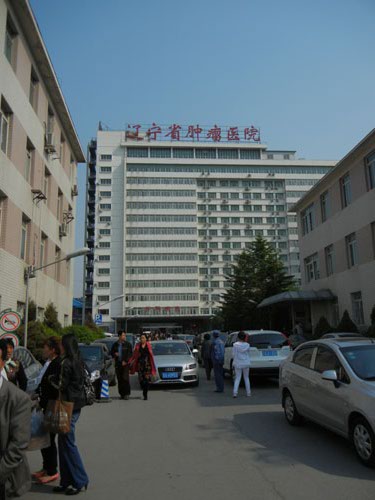
I accompanied my aunt for treatment in a hospital specialized in tumor. She had a surgery several weeks before I visited. The hospital was modern and clean enough but rather crowded - not as bad as some general hospitals. Hospitals in Shenyang, generally do not take appointments so the patients had to wait in line for the registration and face time with doctors.
While my aunt was in the treatment room, my sister, who chauffeured us to the hospital, showed me the operation section. I was truly alarmed. Though the other parts of the hospital were well lit and clean, the surgery section looked dark and squalid. The entrance to the operation room resembled a freight elevator in a poorly maintained warehouse. The relatives of patients milled around in the hallway, sitting on the stairwell, reading and smoking. They were there not only to provide mental support, more crucially, they needed to sign paperwork if extra treatment was deemed necessary - therefore to pay additional fees. The decisions were to be made quickly because the surgeons needed to know if they out to remove an extra tumor, insert artery stunt, etc., or sew the patients up. The decisions were often depending on if the families could afford further treatment or not, rather than medical necessities. The third photo below was taken outside the surgery room. It looked much better than I remembered, I had to admit.
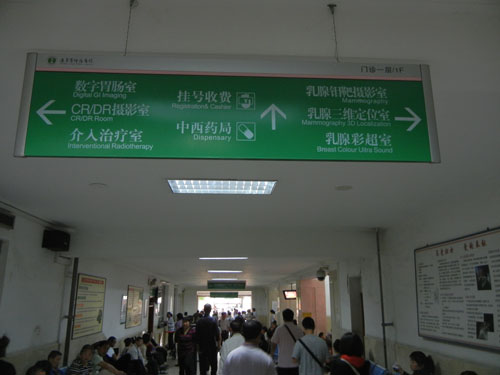 Crowded hallway
Crowded hallway
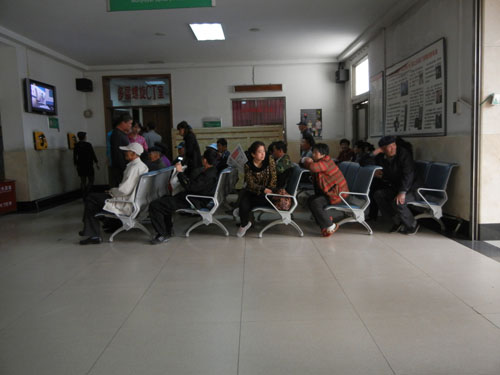 A waiting area
A waiting area
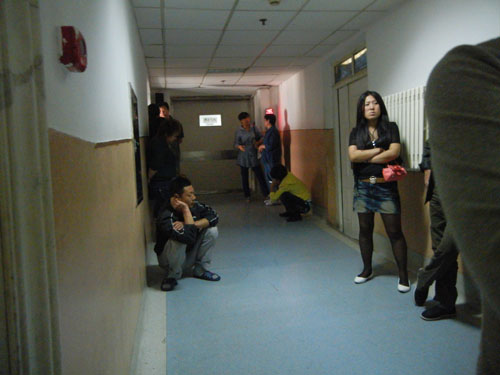 Outside Surgery Room
Outside Surgery Room
While waiting for my aunt in the hallway, I noticed that the floor was extremely slippery. The hospital was not unaware of it - they posted a big sign, warning people of slippery floor. What I could not understand was why the floor made slippery to begin with, and why not some dull runners installed to prevent a bad fall from fragile patients. Another sign in the same corridor said "Do Not Throw Cigarette Butts", hanging on a potted plant on a window sill.
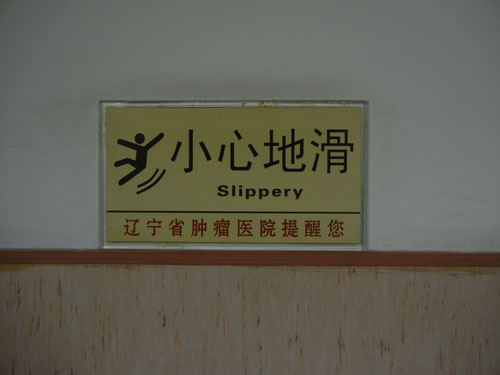 Slippery sign
Slippery sign
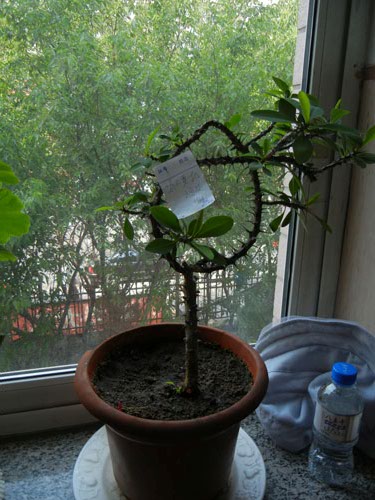 Notes: Do not throw cigarette butts
Notes: Do not throw cigarette butts
************************************
During my visit, one day, my mother did not feel well and I accompanied her to the hospital just cross street from her flat. Since it was in the suburb, it was way less crowded. It was also relatively new and quite clean.
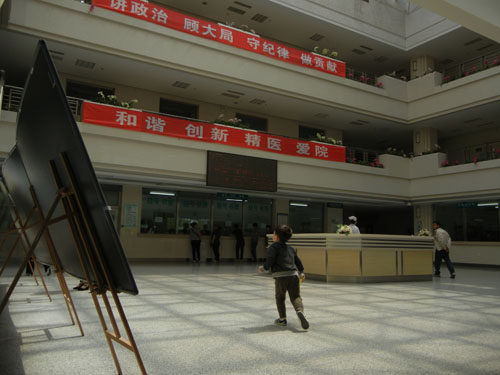
However, once we had registered to and found the doctor, who had been seeing some patients before, just stood up and left the room without a word. We waited for twenty minutes, together with other patients in and outside the room, and finally was told by a passing by nurse that the doctor was not available at the hour because he was to perform an operation on someone somewhere else. We were then ushered to see another doctor. When it was my mother's turn, the doctor just asked her to unbutton her shirt in the full view of all the people.
Mother was asked to have ECG done but the lab door was closed. We knocked but got no answer. When I went back to the doctor for advice, and he was rather surprised: "Why didn't you shout for the lab doctor for test? You need to shout for her." When I returned to my mother, mercifully, the lab was open already so I was spared an unpleasant experience.
The rest of that vist was rather smooth. However, on our way out, there was some disturbance at the entrance. Some patients or their relatives and the security guards had an altercation.
Such scene was very common in Chinese hospitals nowadays. Patients often had no discourse other than violence to have their grievances addressed if malpractices occurred or believed to have occurred - in China, doctors and hospitals didn't purchase malpractice insurances, courts often refused to deal with malpractice charges, oversight board were filled with friendly medical professional peers, and the local police often banded together with hospitals to fight the patients and families, etc. Things often got very bad and quite a few doctors and nurses, often innocent bystanders, were killed by the enraged patients or their bereaved relatives.
************************************
Several weeks after I returned to the US, an uncle of mine fell ill for a while. Depending on which hospital he chose to have his medication filled, the cost varied drastically. The most economic one he selected always insisted on his personal presence for refill, even after he had suffered some strokes. They told his daughter that even if he had become completely paralyzed, he still would have to show up. There was no governmental department to hear such complaints.
Below are pictures of several hospitals in different conditions:
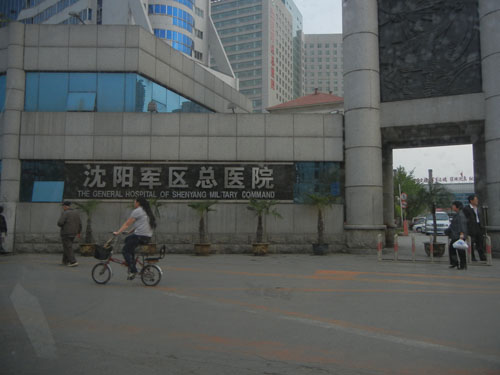
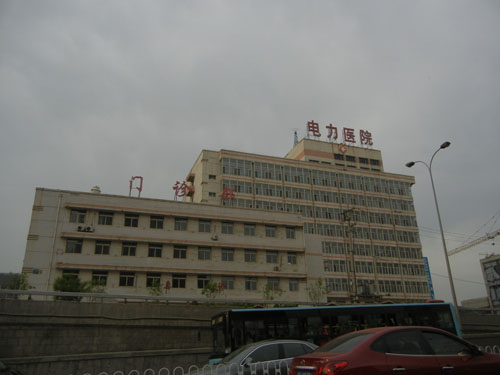
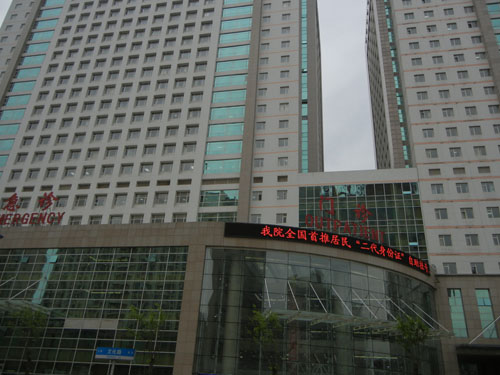
************************************
Looking back at the US, the Republicans, including Romney, whose "Romneycare" in Massachusetts had at least partially inspired the "Obamacare", are doing everything they could to mimic China. Not only they are to change Medicare to voucher system, which would under compensate the patients in the long run, and to make it impossible for the families to get malpractices redressed in court. What they are doing is to court disasters.
Shame on them.
The problem of the health care systems in China and US are socialism but not enough of it.
Label:
Shenyang,
Shenyang Trip 2012
